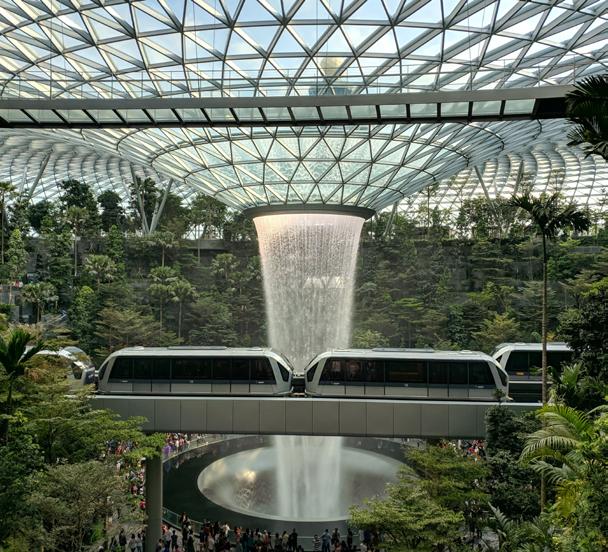
8 minute read
Circular economic business models 4H companies established during
The business models of circular economy
Circular economy is the business of the future
Advertisement
Circular economic entrepreneurship creates modes of action in which the materials used and the value bound to them remain in circulation for as long as possible. The designs of products and services is based on life cycle thinking, in which waste and loss is either eliminated or minimized.
In the future, earning models in business are predicted to be based more and more on circular economy and dematerialization. Future trends include moving from products to services, utilizing technology in optimization, as well as distribution economy.* The businesses in question are not a marginal segment. According to Sitra's estimate, carbon neutrality will create a market worth 6,000 billion euros for green solutions by 2050.
Source: https://media.sitra.fi/2016/05/19132907/2018-01-12-sitra-hiilineutraalissa-bisneksessa-on-tulevaisuus.pdf
BUSINESS OPERATING MODELS OF CIRCULAR ECONOMY
Sitra has sorted the business operating models of circular economy thusly:
• Product as a service • Renewability • Extending a product's life cycle • Distribution platforms • Recycling and resource efficiency
Product as a service
Develop a product into a service
Companies can develop their product into a service. With a service,
the customer pays for the benefits of a product, not its ownership.
When buying a service, the customer does not pay a purchase price for a product, but for the desired continuous benefit. Products are usually offered with rental or leasing agreements. A company makes a promise to ensure a service's functionality as best they can.
This is often supported with digital applications and platforms. A digital solution may be attached to a product. This gathers data on how the customer uses the product. With this information, the company can further develop its products.
This business model encourages service providers to design and manufacture their products to be as sustainable and long-lasting as possible, as well as reusable and repairable.
4H business case Apua arkeen Hilma ja Sara (home helpers)
Child care and cleaning services. Sara Murtonen & Hilma Wood www.picuki.com/profile/apuaarkeen.hilmajasara
Sara Murtonen: “Our business offers cleaning services, child care and general help in everyday tasks. Circular economy is an essential part of our work. We pay attention to things such as the cleaning chemicals we use.” Circular economy is an opportunity! An opportunity to take something old, turn it into something new, save money and create innovations!"
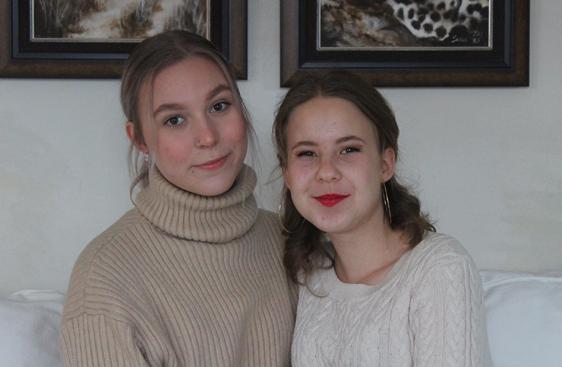
Examples from Finland:
Reima Lindström Valtavalo Tamturbo Innorent Repack Naava Martela Rental Network
Renewability and sustainable materials
Replace your current non-renewable materials with renewable ones.
Acompany can offer clean alternatives for toxic, polluting and non-recyclable products.
Methods:
• Production based on favoring renewable, recyclable and biodegradable products. • Designing products that are modular and can be disassembled, reused and upgraded. • Using renewable energy instead of fossil fuels. • Returning biological resources back into nature.



LAURIN KOTIAPU, LAURI PULKKINEN (HOME HELPER)
Lauri Pulkkinen's 4H company offers help with yard work, chores and manufacturing of insect hotels. Lauri builds these by collecting pine cones and others materials from local forests. During the coronavirus pandemic, he also developed a food delivery service. Lauri communicates with customers using social media and word of mouth. He wishes to promote the importance of insects through his work.
HEVIKS, HELJÄ ILMONIEMI
4H entrepreneur Heljä Ilmoniemi makes hemp protein products and creates new innovations out of hemp.
“Hemp is a climate-friendly plant. The entire plant can be used. It has good nutritional values and is domestic and locally produced. I like coming up with new types of hemp products.”
Example businesses from Finland
• Paptic Oy, which makes plastic packages out of renewable materials to replace traditional plastics. • The Finnish fibre technology company Spinnova Oy is a great example of a transformative business idea. • Spinnova’s fibre textile may even replace cotton. • Dolea Oy from Helsinki makes biodegradable drinking straws. In 2019, the company won a sparring contest for growth companies.
4H business case: StudioValkyria
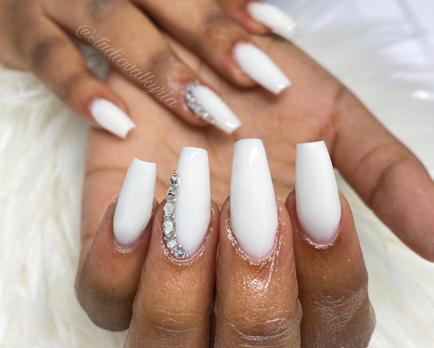
SUSTAINABLE MATERIALS:
Pinja Hämäläinen founded Studio Valkyria in 2019. She started from making gel nails for herself and her friends and quickly noticed how the hobby allowed her to use her imagination and creativity. Disposable supplies are commonly used in her industry. Pinja challenged the prevailing culture and began looking for sustainable solutions. She replaced disposable nail files with a metal one and disposable masks with sustainable and washable ones. She also replaced disposable drill bits with durable ones. All of Studio Valkyria’s products are vegan-friendly and not tested on animals.
Customers have been delighted to learn about Pinja’s environmental approach. She answers questions about entrepreneurship on her social media channel. She says that she does not intend to work at her job indefinitely, but rather for as long as her interest lasts.Besides entrepreneurship, Pinja answers other young people’s questions and gives them advice. In 2020, Pinja bought a biogas car to visit customers with. She also registered a business name for Studio Valkyria.

Young 4H entrepreneurs’ production tips
• Travel to work on foot, by bike or public transport if possible. This also increases your amount of daily exercise. • Remember to use environmentally friendly tools.
Do not select tools simply by price, but also consider whether they have been produced in an environmentally friendly way. • Recycle as much as possible. • Use non-toxic products in e.g. cleaning businesses and convey the importance of toxin-free chemicals to customers. • 15 Hand-made products are environmentally friend ly. -
Extending a product's life cycle
This business model refers to means with which products can be kept in their original purpose for as long as possible. Products can also be used multiple times by maintaining, repairing and refurbishing them.
When a product’s life cycle is long, customers do not need to buy new products as often and companies can save on e.g. material costs. This also means that fewer products are made, which saves on natural resources and energy, and lowers the environmental stress of production.
Sustainable design and service design creates a basis for successful circular economy."
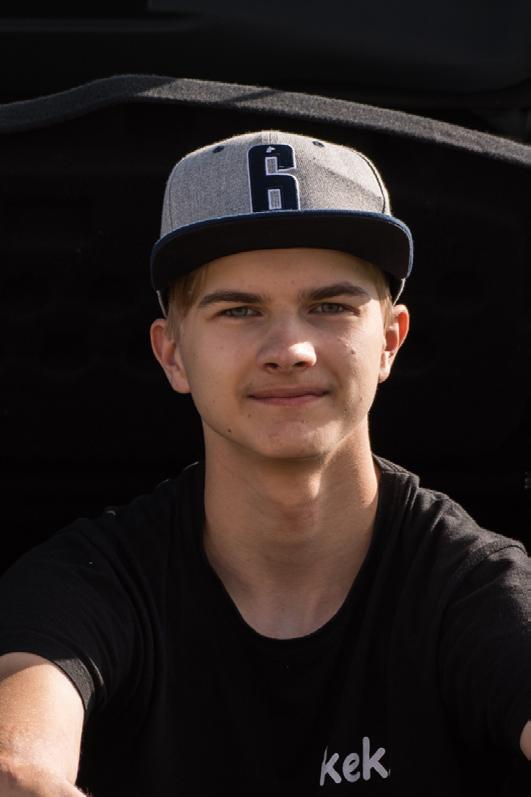
TIPS
• Improve the upkeep, maintenance and repair of products. • Offer technical support, diagnostics and upgrades. • Minimize waste and ensure efficient circular costs. • Emphasize product design. • Refurbish worn or broken products or parts and sell them forward. • If a product is no longer useful, sell it on.
Phone repairs as a 4H entrepreneur. Joni Hantula/ Monitoimipalvelu Hantula (multifunctional services):
“I think having broken phones repaired is important for protecting the environment. You don't always have to buy a new one right away.”
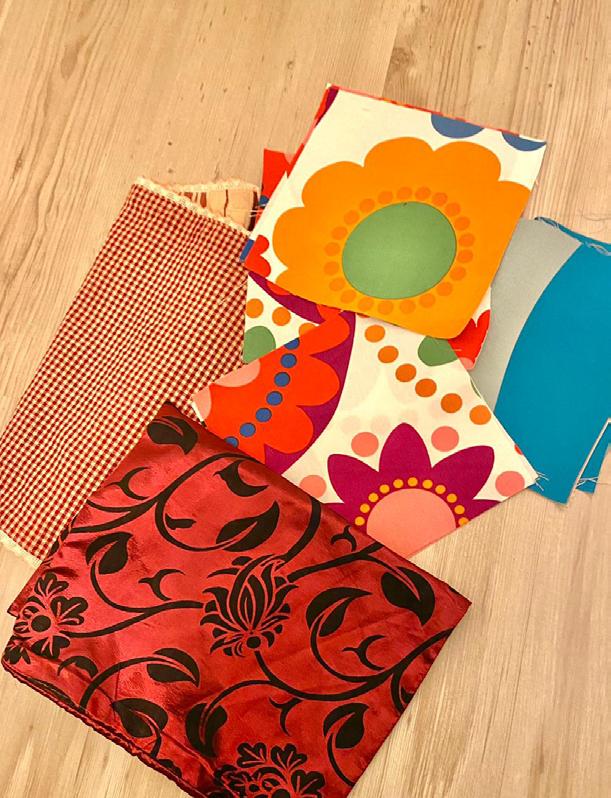
Recycling and resource wisdom
Utilizing waste flows
Utilizing decommissioned products and materials as well as the secondary flows of industry in making new products is a part of resource wisdom. The remaining materials are transformed into energy.
With recycling, companies can reduce their raw material costs, discover new revenue models and thus strengthen their self-sufficiency.
Circular economy emphasizes cross-industry cooperation, which has popularized the term industrial symbioses. It refers to cooperation between multiple businesses in utilizing materials, energy, water and secondary flows in a way that benefits all involved. Examples of this are ecosystems of biological materials and the Telaketju ecosystem in the textile industry.
Read more: https://telaketju.turkuamk.fi/
Can everything be recycled? Watch the Gumdrop: https://youtu.be/2rJI3gwKK9Y
A 4H business making handbags out of recycled materials
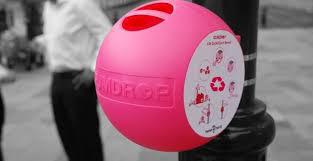
The 4H company Luontokädessä makes handbags out of recycled materials. Entrepreneur Nenna Kuivalainen says: “I want to make handbags out of recycled materials, because nature is important to me and I wish to promote its well-being. I also want to make sure that I am not contributing to climate change too much.”
Recyclable raw materials can be found from
-consumers -industries -construction -the food industry -agriculture and forestry
Distribution platforms
Not everything needs to be privately owned!
Many consumers and companies have plenty of materials or possessions that are rarely used. For instance, an average electronic drill is used in a household for only eight minutes during its entire life cycle! Cars are used for fifteen days per year. At all other times they are stood parked.
Distribution platforms are digital services that allow people to rent and borrow one's less-used things to others. Existing items are thus used more efficiently than normally; they will be in use for more time and serve more people.
Distribution platforms can be established for e.g. second hand trade; renting, borrowing or exchanging goods between users. A company can specialize in offering a platform through which others can distribute their products. This way a company does not need to produce anything themselves. It collects various service payments for use of its platform or sells advertising space. Services such as the online marketplace Tori.fi or Airbnb work this way.
4H business case Vauhtimopo


Alisa Anttila is an excellent example of adaptability. Before the coronavirus pandemic, she offered dog training services.
During the pandemic, she altered her business and began making products for dogs and dog owners out of recyclable materials. In autumn of 2020, she took the new direction even further. Anttila began renting dog supplies for a monthly fee. These included bands, harnesses, canvas cages and puppy fences. Puppies grow fast and not everything needs to be bought.
Distribution platforms can be found on many fields of business
• Home accommodation • Exercise • Tools • Clothes and accessories • Food
Sharing economy is closely related to circular economy, but the two do not always intersect.









